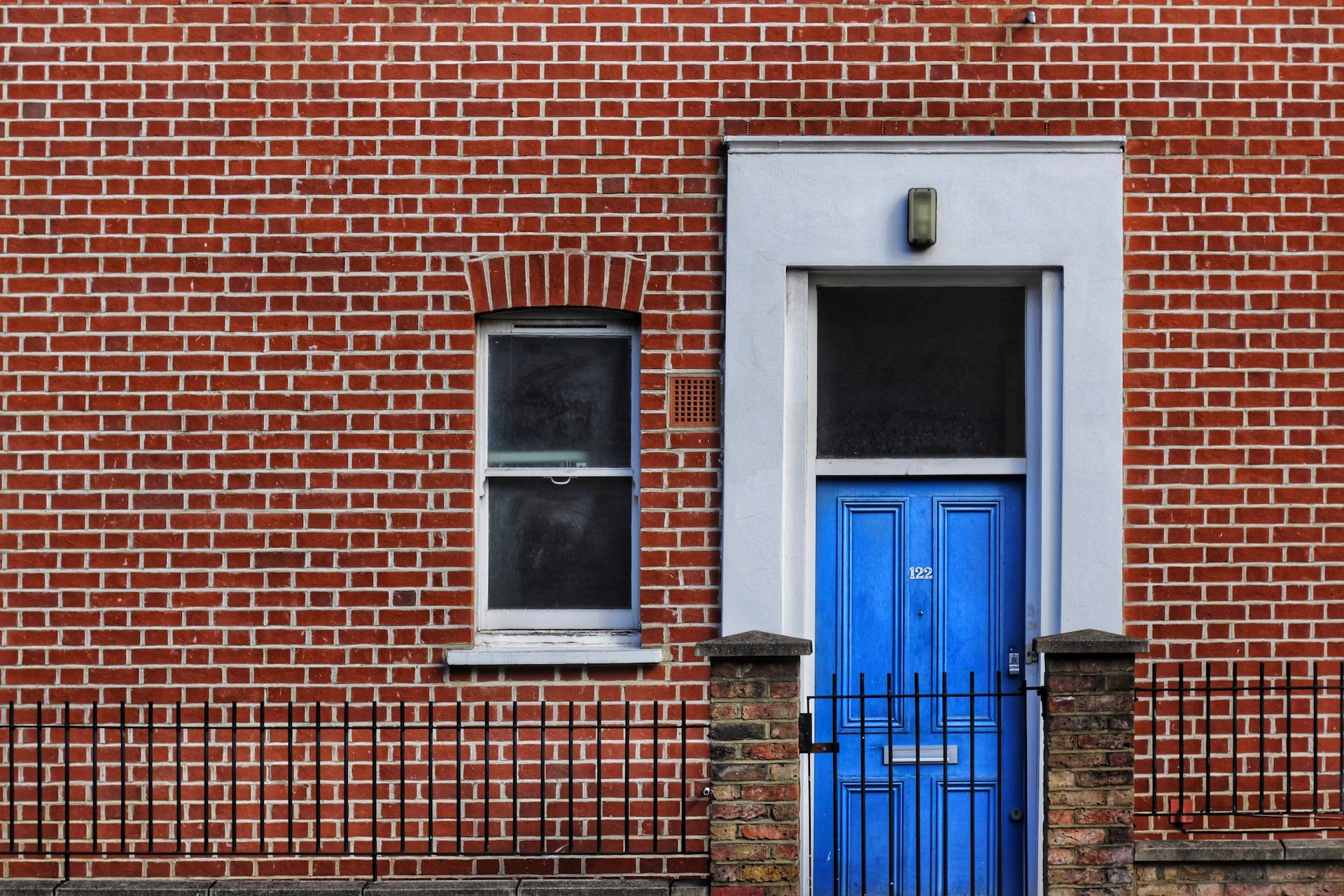Most of the time, mortgage lenders will request a Building Survey report for insurance purposes; this is mainly to ascertain significant defects that would not be covered in their insurance policy for the property.
Moving into a new home can be an extremely stressful period in a person’s life. With current values in the property market, it can be a very daunting task where value for money is of utmost importance.
A building survey can give a potential purchaser or borrower peace of mind of the quality of the building’s existing structure while providing recommendations on improvements that can be made.
The survey’s primary purpose is to analyze for any severe structural defects, such as subsidence, heave, and damp problems within the structure that might not be visible or obvious. Also covered are minor defects and their remedies.
A potential purchaser of a property will want to make sure they choose a Surveyor who provides a detailed report covering all the house’s essential aspects.
What Does an RICS Building Survey Include?
A Building Survey will be more in-depth than other survey levels, such as a valuation survey or stock condition survey. A building survey should be carried out by an experienced surveyor, regardless of whether they are RICS, CIOB or RPSA accredited. The focus is on the quality of the report.
It will give a clear description of each property element, its condition, the remedy to any defect in said element, and in what timescale this should be achieved.
Potentially, there can be a lot of defects present that can be hard to spot, which in the long term can cause the building occupier extra costs post-purchase. These could not have been brought up at the viewing.
If these are high costs, they can be negotiated with the property’s seller to reduce the price, or the seller of the property may even remedy themselves.
The building survey ensures that you get an overall view of the property’s condition and how this could incur additional costs in the future, allowing you to budget effectively.
A full building survey will take a considerably longer amount of time than lower-level surveys but deliver a greater insight for the client.
Properties Age and Defects
Defects in properties are common because most of the houses were constructed over a hundred years ago.
A Surveyor will estimate the property’s age with a fair bit of accuracy, and more importantly, understand the building trends of that time; this will allow them to assess the building’s construction to recommend a suitable remedy.
Many older properties suffer from defects due to works being carried out on the property, which are not suitable for the original construction.
For example, the Kingston Surveyors surveyed Victorian houses around Kingston and London areas, which initially used very breathable materials and discovered that they had been refurbished with more modern methods, restricting that breathability; this would indeed have caused moisture problems, as Victorian houses were initially well ventilated.
If there are problems that need more than just minor remedial works, a Building Survey will direct you on the right course of action to remedy this. This will most likely save money in the long run, as some defects left alone can lead to more severe and costly issues.
Several homeowners have upgraded their original timber windows for uPVC, which restricts airflow without trickle vents. Another prevalent defect is using impervious renders or plasters, which do not allow moisture to escape through the building envelope, resulting in moisture trapped in the walls.
With a clear and understandable RICS building survey report, a client can realize why these defects have occurred and know the correct remedy to prevent these problems from recurring in the future, allowing them to make an informed decision when it comes to remedial works.
Structural movement in buildings is expected. Many cracks can appear on the exterior and interior of the property, especially to the elevations of the property, which are exposed to the elements.
These can be the leading causes of concern for potential buyers of the property.
Building Surveys in London and Kingston allow for the client’s peace of mind to provide a reasoning behind the cracks that have resulted due to structural movement. For example, it is prevalent for cracks larger than hairline to appear at the junction between an extension of the property and the original building.
A useful survey report will deliver that reasoning, which in the above case, is most likely to be differential settlement due to different foundation depths between the old and new. This is just one example of where a crack can seem a lot more intimidating than for a potential buyer.
The structural movement problem is that it can be very deceptive; in some areas, it can be unhealthier for the building than others and have a knock-on effect on the structural stability of other elements in the building.
The key elements will be assessed regarding this and will make the client confident that any of these defects will not be a massive cause for concern in the future.
Book or find out more about a building survey report, today.



